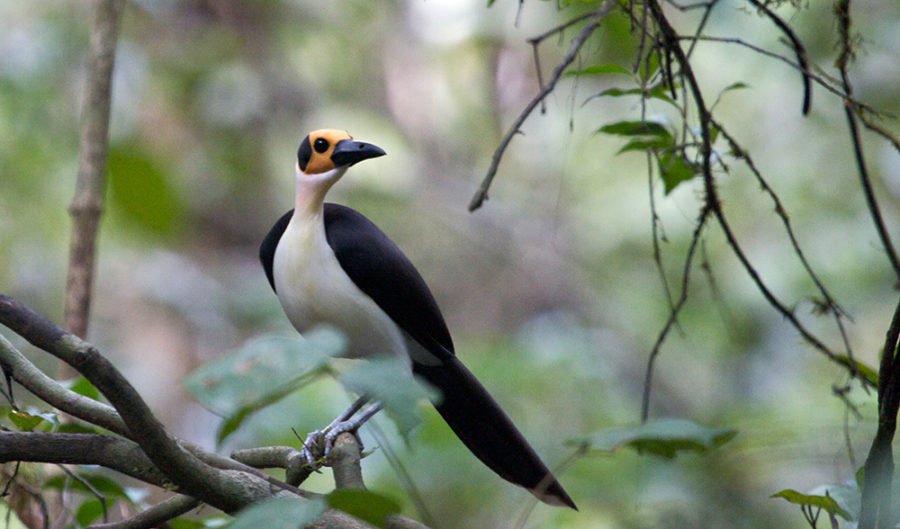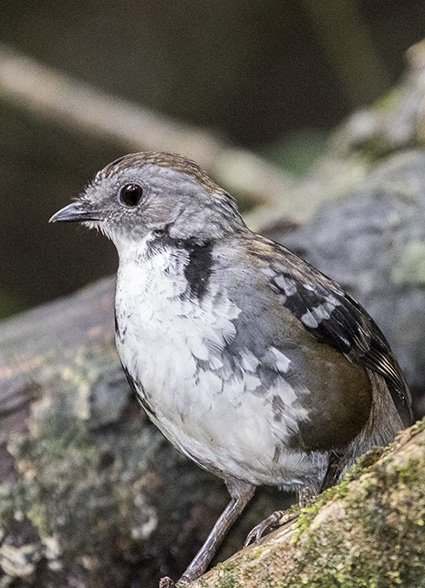The world’s songbirds island-hopped out of Australia

WE KNOW AUSTRALIA was the birthplace of all songbirds, a diverse family including mockingbirds, lyrebirds and sparrows. But when and how these birds dispersed and diversified into the rest of the world has remained a mystery – but new research may help shed some light.
In a study published in Nature Communications today, researchers analysed the genomes of over 100 species of songbirds representing 70 per cent of all songbird families from 25 different countries, as well as fossil remains from several species.
“One of the challenges with deciphering songbirds evolutionary history is that they diversified so rapidly that previous studies had a difficult time estimating the branching pattern of the songbird family tree,” said lead author Dr Rob Moyle, from the University of Kansas, USA.
“With advances in DNA sequencing technology, we were able to collect an unprecedented amount of DNA sequence data that helped clarify songbird relationships,” Rob said.

Australian logrunner (Orthonyx temminckii) photographed in Queensland. (Image: Michael J Andersen)
Using this approach, Rob and colleagues generated a massive dataset of more than 2.5 million DNA bases for each bird species, which, along with fossil data, allowed them to make new estimates about when and how songbirds spread and diversified across the globe.
For instance, it turns out songbirds started dispersing out of Australia some 23 million years ago, much more recently than previously thought.
“Our estimate for the age of songbirds is about half of most previous estimates, placing songbird evolution in a very different geological landscape than previously thought,” explained Dr Carl Oliveros, study co-author and postdoctoral researcher at Louisiana State University, USA.
Previous hypotheses suggested that songbirds’ first stop was Africa or New Guinea, but the timing proposed in this new study changes everything.
“Thirty-three million years ago, Australia was thousands of kilometres away from any continent, and New Guinea barely existed,” explained Rob.
Instead, the songbirds’ early dispersal coincides with extensive island forming in a region called Wallacea between the Asian and Australian continental shelves, suggesting they may have island-hopped their way out of Australia.
Another significant finding of this study also involves the place where songbirds first diversified. According to the researchers’ DNA analyses, songbirds first started diversifying in Australia around 33 million years ago, and colonised New Guinea some 10 million years later, when these islands formed.
The findings provide new insights into songbirds evolution, however not everyone is likely to be convinced, commented Tim Low, biologist, AG columnist and author of Where Song Began.
“The genetic evidence is clear about songbirds having come out of Australia, but not at all clear about when it first happened,” said Tim, who was not involved in the study.
“Moyle’s interpretation is satisfying, but not likely to convince everyone. The extreme shortage of old songbird fossils leaves scientists with limited data to work from, and plenty of freedom to produce competing theories.”
READ MORE:
- Birds of paradise: ritual of seduction
- The incredible colours of birds
- GALLERY: Colourful birds
- New songbird family discovered in NZ

